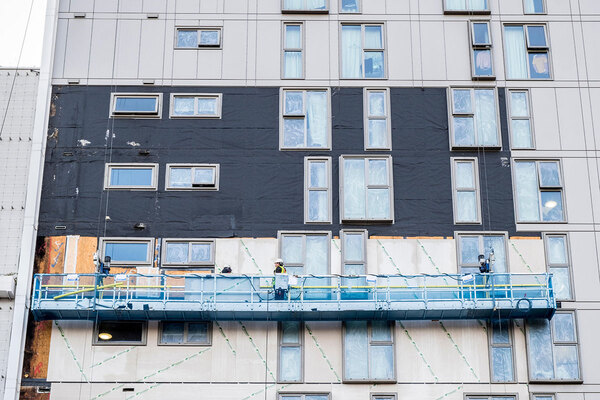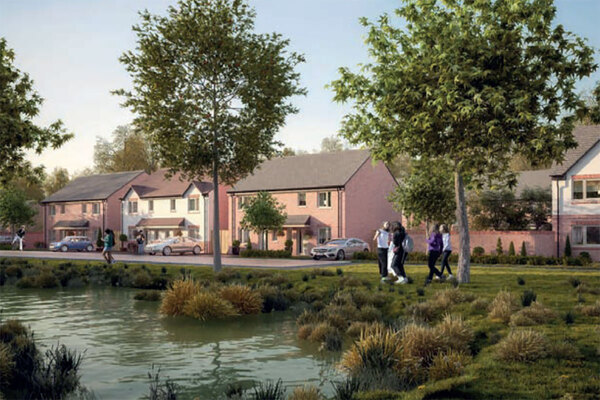Serious hazards found in one in five temporary accommodation B&Bs in London
Nearly one in five studios and B&Bs used by London boroughs as temporary accommodation were found to contain serious health and safety hazards, Inside Housing can reveal.
In response to a Freedom of Information request, Ealing Council confirmed that 61 (19%) of the 320 temporary accommodation buildings inspected by London local authorities as part of a new initiative contained serious category one hazards.
Category one hazards are defined as those posing a serious and immediate risk to a person’s health and safety, and councils must take action when they identify them.
Ealing Council leads a new cross-London inspection scheme called Setting the Standard (StS), which is aiming to improve the quality of temporary accommodation in the capital.
It involves a central team that inspects nightly paid studio flats and B&Bs used as temporary accommodation and an IT system that shares inspection data about the buildings with all participating boroughs. The inspections are carried out using the Housing Health and Safety Rating System, which defines hazards across a number of areas, including fire, asbestos and crowding, and splits them into two categories.
By December last year, 406 buildings representing 3,233 units had registered the scheme, of which 320 had been inspected by the StS team.
A total of 423 category one hazards were found across 61 of these buildings, while a further 1,919 less serious category two hazards were found across 253 of the buildings.
Of the 423 hazards identified by the StS team in temporary accommodation buildings, 303 (72%) were fire hazards.
Inside Housing understands that the most common hazards relating to fire safety tend to be faulty fire alarm panels, missing smoke and heat detectors and compromised fire doors.
A spokesperson for StS explained that every individual deficiency found in a property is listed as a separate hazard, for example if multiple fire doors in a large hostel fail checks, each will be listed as a category one hazard.
“We’re determined to ensure the accommodation we inspect is safe for service users. This is our top priority and a core part of our ongoing mission to raise the quality of temporary accommodation available for homeless Londoners,” the spokesperson said.
After fire, the most common types of category one hazards were excess cold (43), food safety (26) and personal hygiene, sanitation and drainage (11).
Smaller numbers of category one hazards were found in relation to things such as electrical hazards, pest and refuse issues, damp and mould, and entry by intruders.
Since launching in September 2020, 60% of B&B and studio accommodation providers have registered with StS and added some or all of their portfolio to the system to be inspected.
By December last year, 33 (54%) of the 61 buildings where category one hazards had been identified had remedied the issues.
When the StS team finds a category one hazard in a building, the system sends out an automatic notification to the host borough’s Environmental Health Service and notifies all placing boroughs that the property should not be used until the issues have been remedied.
Latest government statistics show that there were 9,780 households in England living in B&Bs at the end of September last year, which almost three times higher than the number of households living in B&Bs a decade earlier.
The number of households living in B&Bs reached a peak of 11,360 during the pandemic, in part due to the government’s Everyone In scheme for housing rough sleepers.
Commenting on the inspection figures, Darren Rodwell, executive member for housing and planning at London Councils, said: “By commissioning this shared service and central inspection team, boroughs aim to ensure the B&B and studio flats we use across the capital all meet the required level of quality and management standards.
“Although the work is undoubtedly challenging and there are still too many examples of unacceptable accommodation out there, Setting the Standard is helping us redress the balance in favour of decent provision, which delivers much better value to boroughs and a much better service for homeless Londoners.
“At the same time, we’ll continue to push ministers for more investment in this area, which is a particular priority for London boroughs considering the sky-high rates of homelessness we’re dealing with.”
Sign up for our homelessness bulletin
Already have an account? Click here to manage your newsletters













